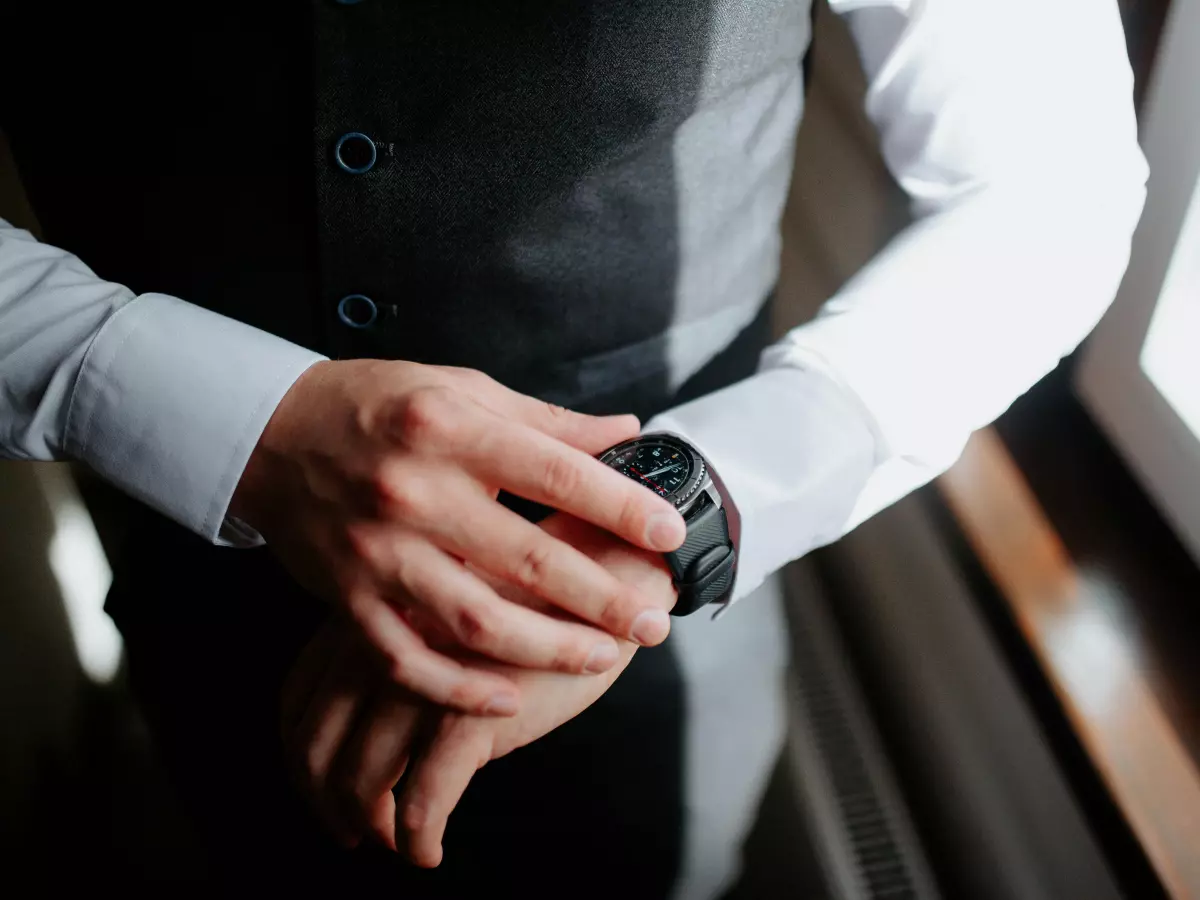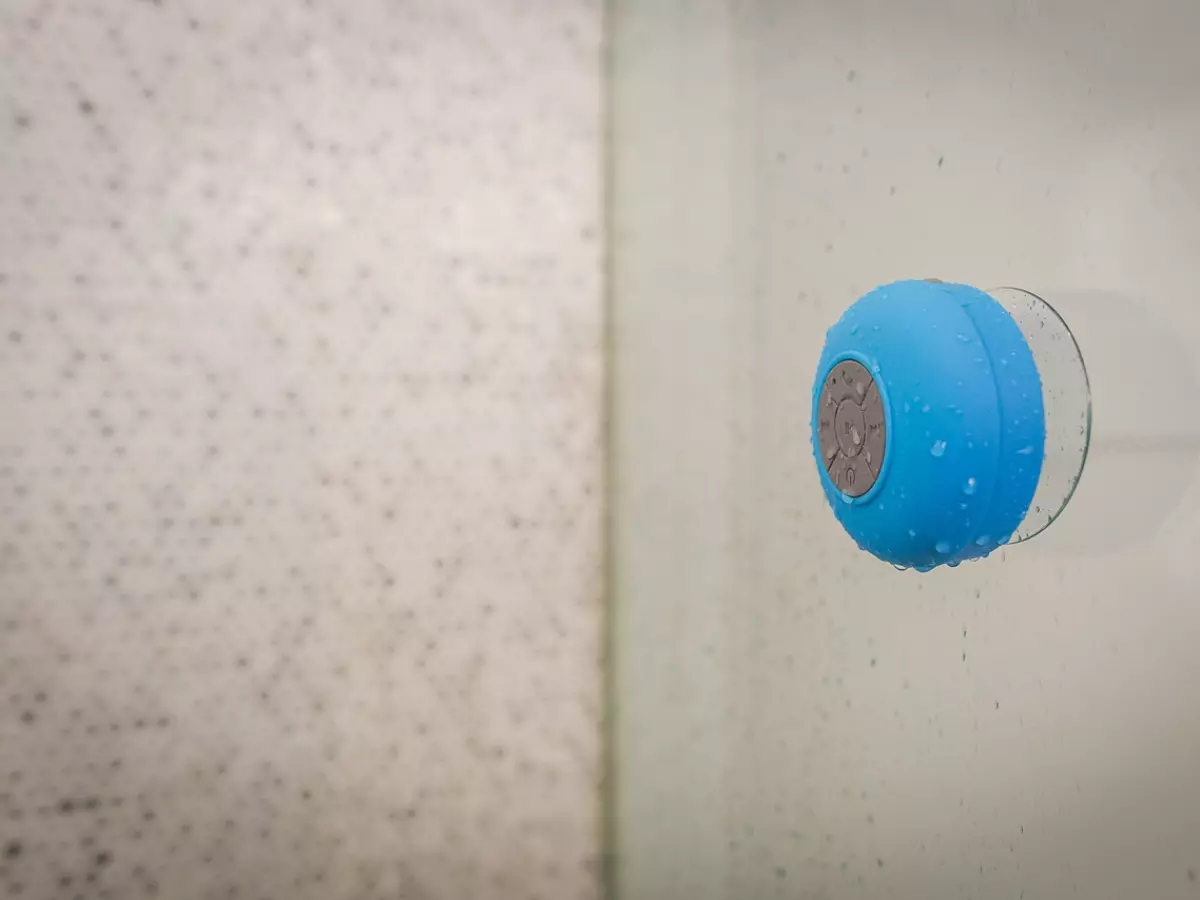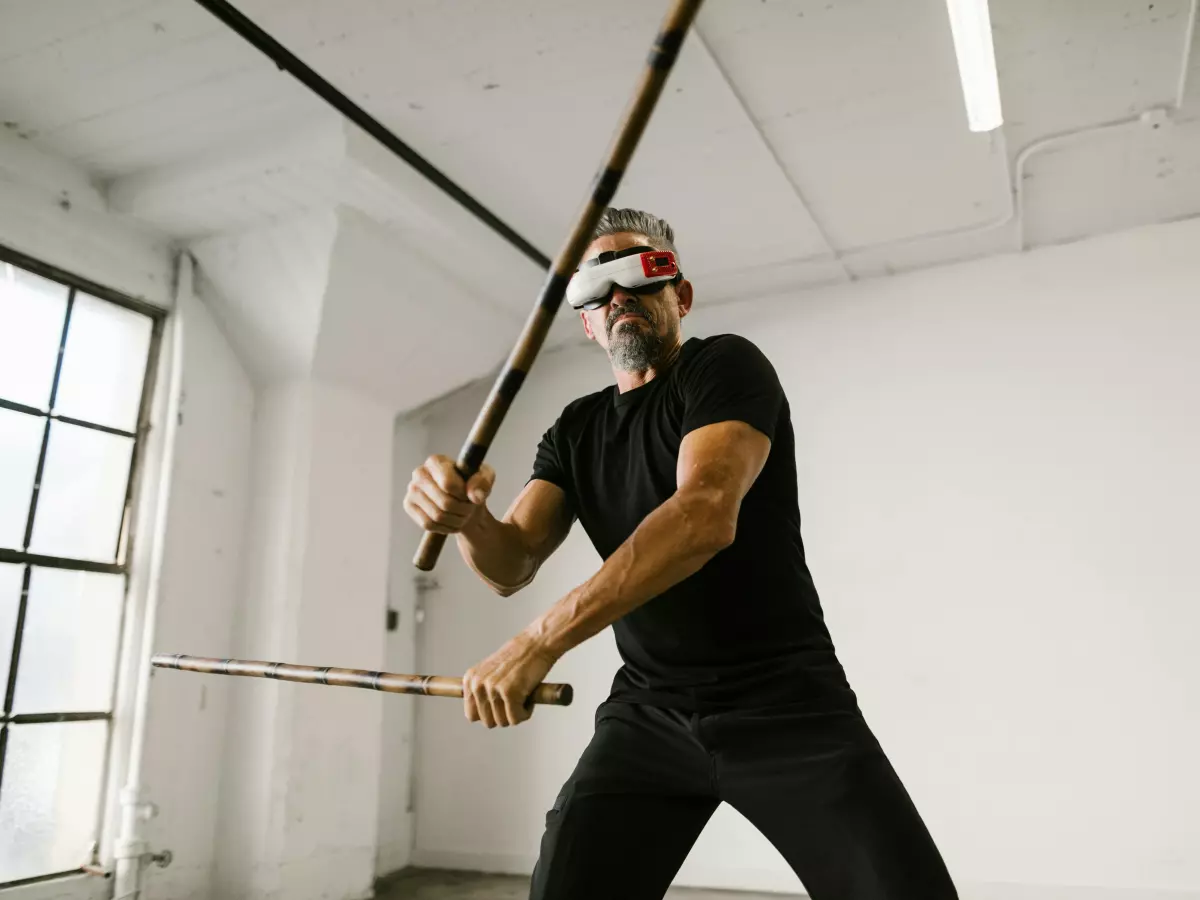Small Sensors, Big Impact
Tiny sensors are the unsung heroes of wearable devices, quietly extending battery life while keeping everything running smoothly.

By James Sullivan
Picture this: You're in the middle of a week-long hiking trip, far from any power outlets, and your smartwatch is still going strong. No frantic searches for a charger, no low-battery warnings. It’s like magic, right? Well, not quite. The secret to this seemingly endless battery life lies in the tiny sensors embedded in your wearable, working hand-in-hand with smart software to make sure your device sips power instead of guzzling it.
But how exactly do these tiny sensors pull off such a feat? And how does the software know when to step in and save the day? Let's break it down.
How Sensors Conserve Power
First off, let’s talk about the sensors themselves. Modern wearables are packed with a variety of sensors—accelerometers, gyroscopes, heart rate monitors, and more. These sensors are designed to be incredibly efficient, drawing minimal power while still collecting essential data. But the real magic happens when they’re not working. You see, most of the time, your wearable doesn’t need to track every single movement or heartbeat. Instead, it uses algorithms to decide when to activate the sensors and when to let them rest.
For example, if you’re sitting still for a while, your wearable might decide to pause its accelerometer to save power. But the moment you start moving again, it springs back to life. This on-demand activation is one of the key ways wearables conserve battery life.
Software: The Brain Behind the Operation
While sensors are the muscle, software is the brain. Your wearable’s operating system constantly monitors sensor data and makes real-time decisions about when to activate or deactivate certain functions. This is where machine learning comes into play. Over time, your wearable learns your habits—when you’re most active, when you’re likely to check notifications, and even when you’re asleep. Armed with this data, the software can make smarter decisions about when to conserve energy.
For instance, if your wearable knows you’re usually asleep between 11 PM and 7 AM, it might reduce the frequency of heart rate monitoring during those hours. Or, if it notices you’re in a meeting, it might dim the screen and silence notifications to save power. All of this happens seamlessly, without you even noticing.
Battery-Saving Features You Didn’t Know About
Wearables also come with a host of hidden battery-saving features that most users aren’t even aware of. For example, many devices have a “low-power mode” that kicks in when the battery drops below a certain threshold. In this mode, non-essential sensors are turned off, and the device focuses on core functions like timekeeping and notifications.
Another clever trick is dynamic screen brightness. Your wearable’s display is one of the biggest power hogs, but by adjusting the brightness based on ambient light, the device can significantly extend battery life. Some wearables even use OLED screens, where individual pixels can be turned off to save power when displaying black backgrounds.
The Future of Wearable Power Efficiency
Looking ahead, the future of wearable battery life looks even brighter (pun intended). Advances in sensor technology are making them even more efficient, while improvements in software algorithms are allowing wearables to make smarter decisions about power usage. We’re also seeing the rise of energy-harvesting technologies, like solar panels and kinetic energy converters, which could one day allow wearables to charge themselves as you go about your day.
Imagine a future where your smartwatch never needs to be plugged in—where it draws power from your movements, the sun, or even your body heat. It might sound like science fiction, but researchers are already working on making it a reality.
So, the next time you marvel at how long your wearable lasts on a single charge, remember: it’s not magic. It’s the result of tiny sensors, smart software, and a whole lot of engineering genius.
And that’s just the beginning. As technology continues to evolve, we’re only going to see more innovations that push the boundaries of what wearables can do—and how long they can do it.
In fact, according to a recent study, wearable devices are expected to become 30% more power-efficient over the next five years, thanks to advancements in both hardware and software. That means longer battery life, fewer charges, and more freedom for you.





